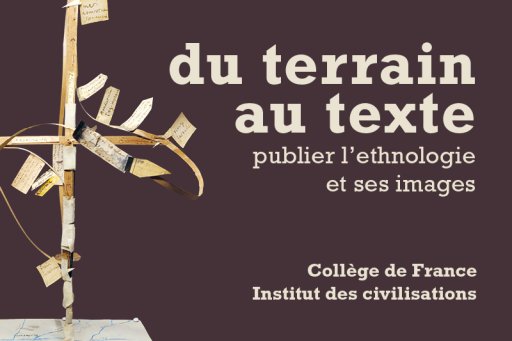
You work on reproductive issues..
My research concerns the biological mechanisms that take place within specialized cells. I study how cells undergo metamorphosis during development to ensure the proper functioning of the organism. It depends on the vital organs, which are made up of specialized cells : skin cells, brain cells, bone cells, etc. The question of how these cells develop constituted my research in a more general sense. This is what I was doing before and what I continue to do in different cells each time.
At present, I'm working at the Collège de France with Marie-Hélène Verlhac and Marie-Émilie Terret on female germ cells, i.e. the oocytes that give rise to the egg and are subsequently fertilized. In terms of reproduction in general, I'm trying to understand how these cells develop and become mature enough to be fertilized.
What is an oocyte ?
An oocyte is a single, spherical cell of very large size, around 0.1 mm, which is enormous on a cellular scale. Like other cells, the oocyte, the female sex cell, is made up of two major compartments : the nucleus, which contains most of the genetic material (DNA), and the surrounding cytoplasm. The latter is organized by the cytoskeleton, which is like the cell's skeleton. What was known at the time was that the cytoskeleton generates mechanical forces within the cell, particularly useful for cell division. You have to imagine something that vibrates and acts physically on the cell. It's something that can be observed with a microscope !
It was assumed that this could have an influence on the positioning of the nucleus within the cell. What was not known, however, was the effect of these forces on nuclear organization, and therefore on the organization of the genetic material contained in the nucleus. This was the initial question : how do mechanical forces act on the interior of the oocyte nucleus ?
Do you already have any hypotheses concerning this question ?
I've found a mechanistic, truly functional link between these forces and the genetic message that comes out of the nucleus, i.e. the DNA. We've shown that oocytes modulate and deploy these forces in the cytoplasm to functionally reorganize the interior of the cell nucleus, and thus promote oocyte division. This is a decisive stage in the maturation of oocytes, during which they divide. If we no longer have this physical dialogue between these two cell compartments, the oocytes will develop poorly and will therefore be unable to be fertilized. This touches on fertility issues.
Can we imagine any concrete applications ?
Concrete applications obviously depend on a whole development process based on fundamental research. They could concern fertility issues and pathologies. For example, this research could help to visually identify the most suitable oocytes for in vitro fertilization. This will guide clinical protocols. Beyond reproduction, this project is also helping us to better understand anomalies associated with cytoplasmic force defects, such as tumorigenesis, which refers to the formation of tumors, or neurodegenerative diseases, as well as certain viral infections.
How do you organize the days of a biology researcher ?
I wouldn't call them typical days, but rather phases. At the start of a project, there's an exploratory phase involving a lot of reading. You have to find out what's already known and find the right question to ask in order to build a project. This is the first stage. We've already started experimenting and testing ideas. What do we see ? What is known ? What is not known ?
Then, when you think you've observed something interesting, you enter a phase of intensive experimentation. Experiments need to be replicated to obtain results that can be studied. It's also necessary to talk to experts in other complementary fields, because we can't have read everything or be aware of all the research. That's how we keep our study going. The end of a project is when you really have a precise question and a clear answer to it. At that point, we move on to the publication stage, to communicate the results through a scientific article.
Did you have an early interest in science ?
Yes, I was very interested in it as a child, and my parents noticed it quite early on. They nurtured my scientific curiosity and let it grow. I'm quite grateful to them for that. After high school in Dubai, I moved to France in 2005. I studied French next door at the Sorbonne. I then went on to do a Bachelor's degree in life sciences, which included all areas of biology, before specializing in genetics.
I didn't know I could work in research until I did my Masters. I remember very well that moment (I was in New York for a long internship) when I realized that I loved doing research. I think the trigger is really practical, because until you do it, you don't really know what it means. Learning about the day-to-day life of research in this internship really made me say : "yes, I want to become a researcher".
What are the prospects following your postdoctoral project ?
I plan to continue this research in my future laboratory at the CRG (Centre for Genomic Regulation) in Barcelona. This mechanical activity has a potential impact on other cell types. It's still hypothetical, but I suspect it's really the same thing that happens in certain diseases. The idea for the future is to demonstrate this. This could help us to better understand the pathologies I was talking about. In this field, there's still a whole continent to explore.
----------
Adel Al Jord is a biologist supported by the Collège de France Foundation, and a postdoctoral researcher in the Oocyte Mechanics and Morphogenesis team at the Interdisciplinary Biology Research Center. He was awarded the Fondation des Treilles prize in 2023.
Photos © Patrick Imbert
Interview by Aurèle Méthivier







